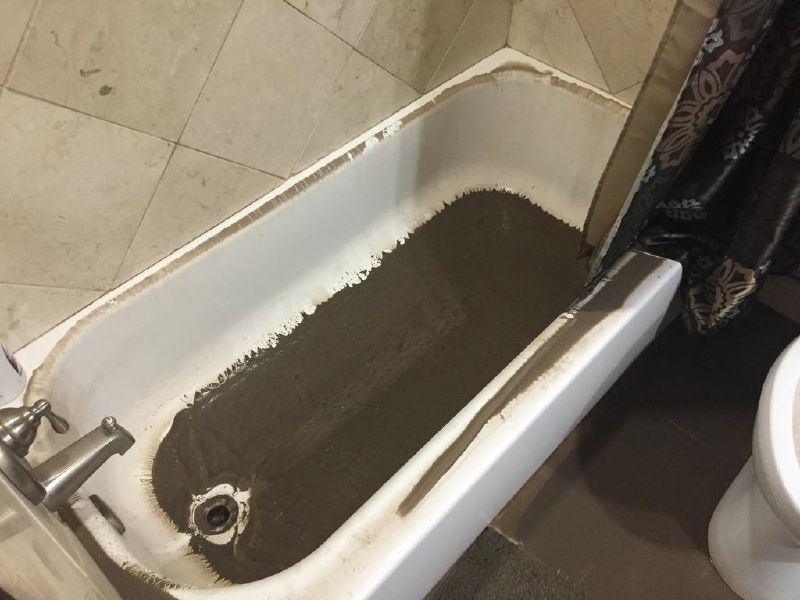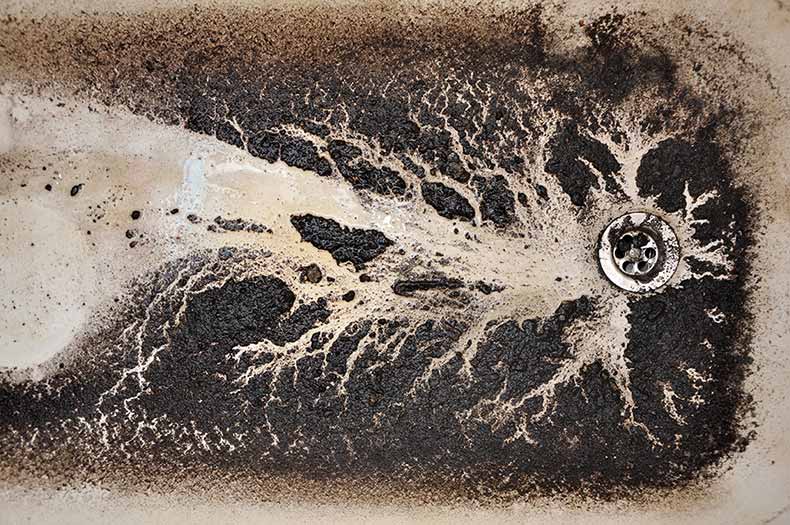An Definitive Explanation: Drainage Coming Up Through the Bathtub
An Definitive Explanation: Drainage Coming Up Through the Bathtub
Blog Article
How do you feel about What to Do if Sewage Starts Coming Up Through Your Bathtub?

Sewage back-up in the bathtub can be a stressful and unhygienic problem for any house owner. Not just is it troublesome, however it also positions serious health and wellness threats and indicates underlying problems with the plumbing system. Comprehending why sewage is showing up through the bath tub is vital for taking suitable action to address the problem efficiently.
Intro to the Concern
Usual Factors for Sewer Backup
Obstructions in the Sewage System Line
Among one of the most typical sources of sewage backup is an obstruction in the drain line. This can take place because of the accumulation of debris, oil, or foreign things in the pipes, avoiding correct circulation and causing sewage to back up into your tub.
Tree Origin Invasion
Tree origins seeking wetness and nutrients can infiltrate drain lines via small splits or joints. Gradually, these origins can expand and broaden, causing considerable damages to the pipelines and causing sewer backup issues.
Comprehending the Trouble
When sewer draws back up into the bath tub, it's a clear indication of a trouble with the drainage system. The wastewater that ought to be streaming away from your home is instead discovering its way back into your space, which can cause significant damages and health hazards.
Potential Reasons
A number of factors can add to sewage backup in the tub. From clogs in the drain line to problems with the plumbing facilities, determining the origin is necessary for discovering a remedy.
Aging Facilities
Older homes might have dated plumbing systems that are extra susceptible to corrosion, cracks, and degeneration. As pipes age, they come to be much more vulnerable to leaks and clogs, raising the likelihood of sewer back-up incidents.
Heavy Rainfall or Flooding
Throughout durations of heavy rainfall or flooding, the drain system might end up being overwhelmed with excess water, triggering backups and overflows. This can result in sewage supporting right into bathtubs and other fixtures inside the home.
Indications of Sewer Backup
Foul Odors
Unpleasant smells emanating from drains or components, specifically in the washroom, may suggest sewer backup issues. These smells are often solid and consistent, signaling an issue that needs instant focus.
Slow Draining Fixtures
Bath tubs, sinks, and toilets that drain gradually or not in any way could be experiencing sewer backup. If numerous components are affected all at once, it's likely that the issue originates from an usual point, such as the primary sewer line.
Gurgling Sounds
Unusual gurgling or bubbling sounds coming from drains when water is running elsewhere in your house are a sign of air caught in the plumbing system. This air build-up can arise from sewage back-up and should be explored without delay.
Health And Wellness Risks Connected With Sewage Back-up
Contamination of Water
Sewage backup can pollute the supply of water in your house, posturing a serious health and wellness threat to you and your household. Exposure to polluted water can result in intestinal concerns, skin infections, and various other health problems.
Mold Growth
Dampness from sewage back-up can create excellent conditions for mold and mildew growth in your home. Mold and mildew spores can aggravate breathing issues and create allergies in delicate individuals, making prompt cleanup vital.
Spread of Illness
Sewage consists of unsafe bacteria, infections, and parasites that can cause a variety of illness, consisting of hepatitis, cholera, and gastroenteritis. Entering contact with sewage or polluted surface areas puts you in jeopardy of infection.
Tidying up After Sewer Backup
Sanitation Procedures
Thoroughly sanitize and disinfect influenced locations after sewer back-up to eliminate harmful bacteria and protect against mold development. Usage proper cleansing items and safety equipment to make certain risk-free and effective clean-up.
Restoration of Affected Areas
Repair any kind of damage to flooring, walls, or fixtures caused by sewage back-up. Relying on the degree of the damages, you might require to replace carpets, drywall, or various other products to recover your home to its pre-loss condition.
Immediate Actions to Take
Switching Off Water
In the event of sewage back-up, it's necessary to turn off the water system to avoid additional contamination and damage. Locate the main water shutoff valve in your home and shut it off till the problem can be fixed.
Contacting a Specialist Plumber
Dealing with sewer backup is not a do it yourself task. Call a qualified plumber with experience in taking care of sewage-related problems to examine the scenario and carry out essential repair services or cleanings.
Avoiding Contact with Infected Water
Until the sewer backup is solved, prevent contact with contaminated water to avoid the spread of microorganisms and microorganisms. Use protective gear if you have to remain in the affected location and wash your hands completely afterward.
Safety nets
Regular Maintenance of Sewer Lines
Schedule normal assessments and maintenance of your drain lines to identify and resolve possible problems before they rise right into major problems. This can consist of clearing out debris, inspecting for tree origin intrusion, and fixing any type of broken pipes.
Setting Up Backwater Valves
Take into consideration setting up bayou shutoffs in your plumbing system to avoid sewer from receding into your home during periods of heavy rainfall or flooding. These valves immediately close when water starts backing up, shielding your residential property from contamination.
Proper Disposal of Home Waste
Prevent flushing anything other than toilet paper and human waste down the toilet to prevent obstructions and clogs in the drain line. Dispose of grease, oil, and various other home chemicals correctly to decrease the threat of plumbing problems.
Why Is Water Backing Up in My Bathtub When I Flush My Toilet?
What to do about a sewer line clog
First, don’t bother with plunging. No amount of plunging will dislodge the clog in a sewer line. The clog is too far away. Plungers are for clogs in the toilet itself, not the sewer line. Plus, the most likely causes of a sewer clog are:
Tree roots Flushed toys or feminine products Grease buildup Those items don’t move easily. And in the case of tree roots, the roots need to be cut out of the pipe and the pipe will need to be repaired.
You’ll need a closet auger. A closet auger is a type of plumber’s snake with a protective cover to keep from scratching the delicate porcelain toilet. If the clog is further down, you may need to remove the toilet or use one of your cleanouts to get to the clog.
We also recommend doing a video inspection of the drain to ensure that the cause of the clog has been completely removed. Otherwise, you could have the same problem again in a few days or weeks.
https://mspplumbingheatingair.com/blog/why-is-water-backing-up-in-my-bathtub-when-i-flush-my-toilet

Do you appreciate more info about What To Do If Sewage Starts Backing Up Into the Shower? Make feedback down below. We would be delighted to find out your reactions about this write-up. We are looking forward to see you back again soon. Are you aware of another person who is in the market for What to Do if Sewage Starts Coming Up Through Your Bathtub? Please feel free to share it. Thank you for going through it.
Appointment
Report this page